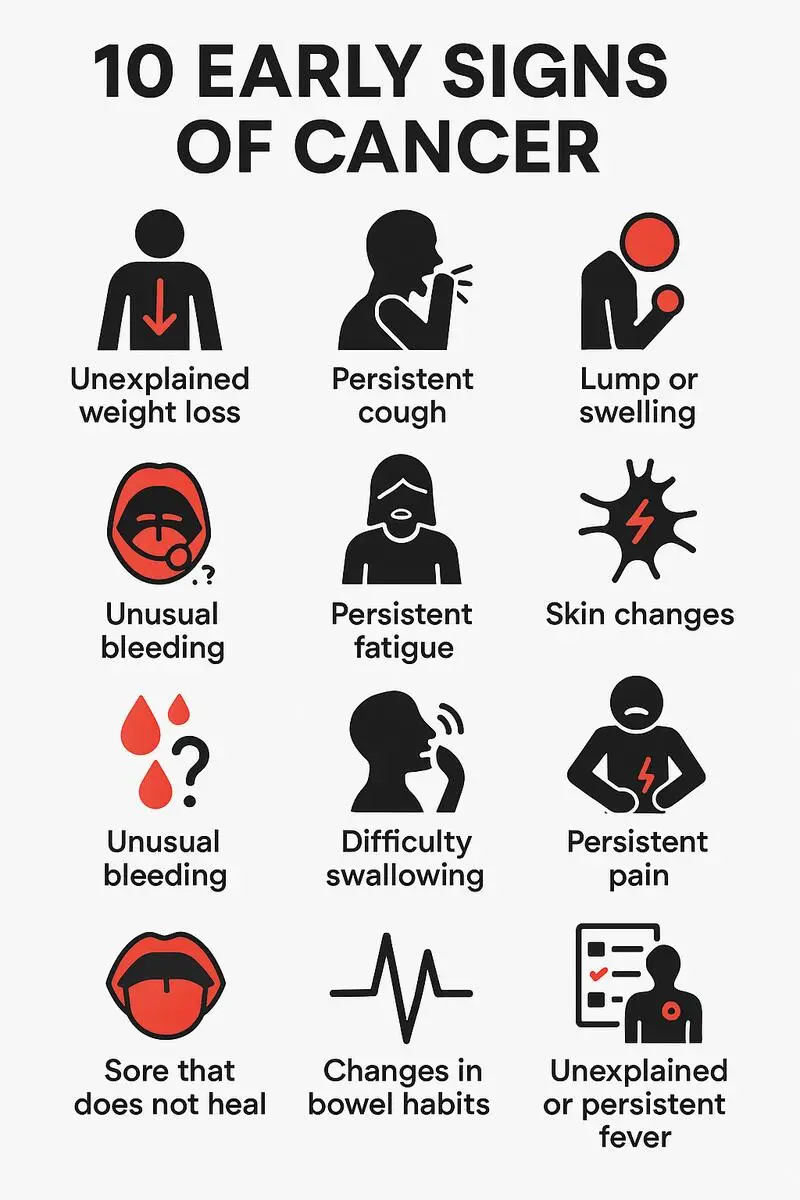- Published on: Jul 18, 2024
- 3 minute read
- By: SecondMedic Expert
Testicular Pain: Causes, Treatments, And When To See A Doctor
Testicular pain is a common concern for men, causing worry and discomfort. It can strike suddenly or develop gradually, and the severity can range from mild to excruciating. While testicular pain can be alarming, it's important to remember that there are many causes, some more serious than others. This blog aims to provide a clear and easy-to-understand explanation of testicular pain, its potential causes, treatment options, and when to seek medical attention.
Understanding the Testicles
The testicles, also known as testes, are the male reproductive glands located within the scrotum. They are responsible for producing sperm and testosterone, the primary male sex hormone. The scrotum is a sac-like pouch that protects the testicles and helps maintain an ideal temperature for sperm production.
Causes of Testicular Pain
Several factors can contribute to testicular pain. Here's a breakdown of some common causes:
-
Injury: Trauma to the scrotum or testicles, such as a blow during sports or a fall, can cause pain, swelling, and bruising. In severe cases, testicular torsion (twisting of the spermatic cord) can occur, cutting off blood flow and requiring immediate medical attention.
-
Infection: Inflammation of the epididymis (epididymitis) or the testis itself (orchitis) can cause pain and swelling. These infections can be bacterial, often sexually transmitted, or viral, like mumps.
-
Inflammation: Non-infectious inflammation of the scrotum (scrotum) or testicle (epididymitis) can occur due to allergic reactions, certain medications, or chronic irritation.
-
Varicocele: This is an enlargement of the veins in the scrotum, which can cause a dull ache or heaviness. It's usually not serious but can cause discomfort.
-
Inguinal Hernia: When tissue or organs push through a weak spot in the groin muscles, it can cause pain that radiates to the testicles.
-
Testicular Cancer: While less common, testicular cancer can present with a painless lump or swelling in the testicle. Early detection is crucial, so any testicular mass warrants a doctor's visit.
Other Potential Causes:
-
Kidney stones
-
Prostatitis (inflammation of the prostate gland)
-
Shingles (viral infection affecting nerves)
-
Nerve pain
Symptoms of Testicular Pain
Along with pain, other symptoms can accompany testicular pain, depending on the cause:
-
Swelling
-
Redness
-
Bruising
-
Lump or mass
-
Fever
-
Difficulty urinating
-
Burning sensation during urination
-
Blood in the semen
-
Nausea and vomiting
Treatment Options for Testicular Pain
The treatment for testicular pain depends on the underlying cause. Here's a look at some common treatment approaches:
-
Rest and pain relievers: Over-the-counter pain relievers like ibuprofen or acetaminophen can help manage pain and inflammation. Resting the scrotum with scrotal support can also provide relief.
-
Antibiotics: If a bacterial infection is the culprit, antibiotics will be prescribed to clear the infection.
-
Anti-inflammatory medications: For non-infectious inflammation, corticosteroids or other anti-inflammatory medications may be used.
-
Surgery: In some cases, surgery might be necessary. This could involve repairing a hernia, correcting testicular torsion, or removing a testicular mass.
When to See a Doctor
If you experience any testicular pain, it's crucial to seek medical attention promptly, especially in the following situations:
-
The pain is severe and sudden.
-
The pain is accompanied by swelling, redness, or fever.
-
You notice a lump or mass in your testicle.
-
You have difficulty urinating or experience blood in the semen.
-
The pain persists for more than a few days despite home remedies.
Early diagnosis and treatment are essential for optimal outcomes and preventing complications. A doctor can perform a physical examination, order imaging tests like ultrasound, and conduct other tests to determine the cause of your pain and recommend the most appropriate treatment course.
Preventing Testicular Pain
While not all cases of testicular pain are preventable, certain practices can help reduce your risk:
-
Protective gear: Wear protective gear like a cup during sports activities to minimize the risk of injury.
-
Safe sex practices: Consistent condom use can help prevent sexually transmitted infections that can lead to testicular pain.
-
Self-examinations: Regularly examine your testicles for any lumps or changes. Early detection of testicular cancer is crucial for successful treatment.
-
Healthy lifestyle: Maintain a healthy weight, eat a balanced diet, and avoid smoking, which can impair blood flow and contribute to testicular pain.
Conclusion
Testicular pain can be a frightening experience, but it's important to remember that there are many causes, and with prompt medical attention, most cases can be effectively treated. By understanding the potential causes of testicular pain, the symptoms to watch for, and the importance of seeking doctor consultation, you can take charge of your health and ensure any concerns are addressed promptly. Don't hesitate to speak to your doctor if you experience any testicular pain, so they can determine the cause and recommend the best course of action for a speedy recovery and continued well-being.
Read FAQs
A. Testicular pain can be caused by various factors, some mild and some serious. It's best to see a doctor for any testicular pain, especially if it's severe, sudden, or accompanied by other symptoms.
A. Injury, infection, inflammation, varicocele, and inguinal hernia are some common causes. Early detection is crucial for testicular cancer, so any lump warrants a doctor's visit.
A. Seek immediate medical attention for severe, sudden pain, swelling, fever, lumps, or difficulty urinating. Don't hesitate to see a doctor if pain persists or home remedies don't help.










